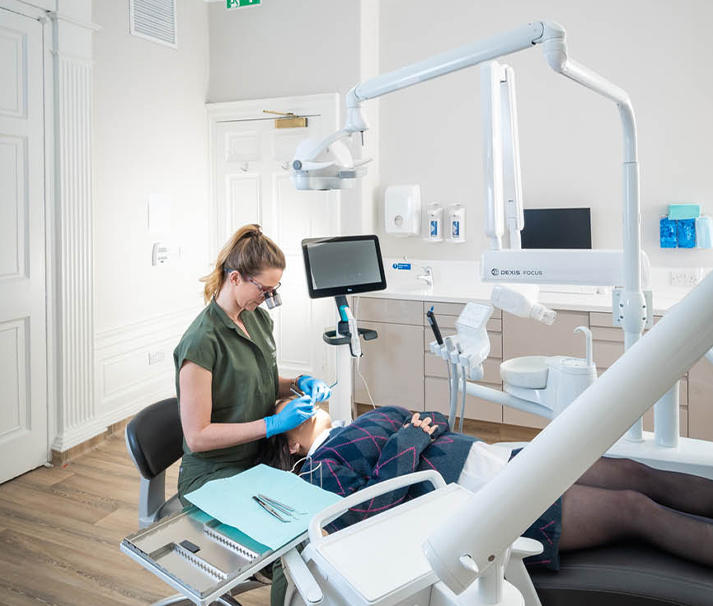Cosmetic dentistry refers to dental procedures that improve the appearance of teeth, gums, and overall smile aesthetics. People may pursue cosmetic dental care for a range of reasons, including discoloration, chips, misalignment, or gaps. While these issues may not always affect function, they can influence how a person feels about their appearance.
Which Procedures Are Considered Cosmetic?
Common cosmetic procedures include teeth whitening, veneers, bonding, reshaping, and clear aligners. Teeth whitening addresses stains caused by foods, drinks, or aging. Veneers are thin porcelain or resin shells that cover the front of teeth to improve color, shape, or size. Dental bonding uses composite materials to repair chips or cracks. Contouring involves reshaping teeth to create a more even appearance. Orthodontic options like clear aligners also fall under cosmetic dentistry when used to adjust minor spacing or alignment. Each procedure is chosen based on the specific needs and goals of the patient.
How Does Science Support These Procedures?
Cosmetic dentistry relies on evidence-based practices and materials that have been tested for durability, biocompatibility, and long-term results. Dentists use imaging tools and diagnostic models to evaluate tooth structure, bite alignment, and gum health before recommending treatments.
Advances in dental adhesives, polymers, and 3D imaging have made cosmetic procedures more precise and predictable. For example, computer-aided design and manufacturing (CAD/CAM) technology allows dentists to create custom restorations that fit naturally with surrounding teeth. The materials used must also meet standards for strength and wear, particularly in areas of frequent chewing or contact.
Where Does The Artistic Element Come In?
Artistry in cosmetic dentistry involves visual judgment, attention to proportion, and the ability to match color and shape to a person’s facial structure. Dentists consider the harmony between teeth, lips, and facial symmetry when planning treatment.
Shade matching is a good example of how artistry plays a role. A restoration that is too bright or the wrong tone can stand out, even if it functions well. Dentists often work with dental technicians to customize restorations that mimic natural enamel, including translucency and surface texture.
Smile design also requires creativity. Dentists evaluate tooth size, spacing, and gum lines to create a result that looks both balanced and natural. This work is individualized, based on facial features and patient preferences.
What Should You Know Before Starting?
Before beginning any cosmetic treatment, patients should undergo a full dental evaluation. Issues like tooth decay, gum disease, or bite problems must be addressed first. This helps create a stable foundation for cosmetic procedures. During the consultation, dentists typically discuss treatment goals, review imaging, and explain the steps involved.
Some procedures may require multiple visits or a period of adjustment. Patients should ask about costs, expected outcomes, and how long results may last. Maintenance is another key consideration. Some treatments, like whitening, may require periodic touch-ups. Veneers or bonding may need replacement over time, especially with heavy wear.
Explore Cosmetic Dentistry
If you’re considering cosmetic dentistry, start by booking a consultation to learn what options are available for your goals. A detailed evaluation can help match treatments to your smile, blending science and artistry for results that look and feel natural.










